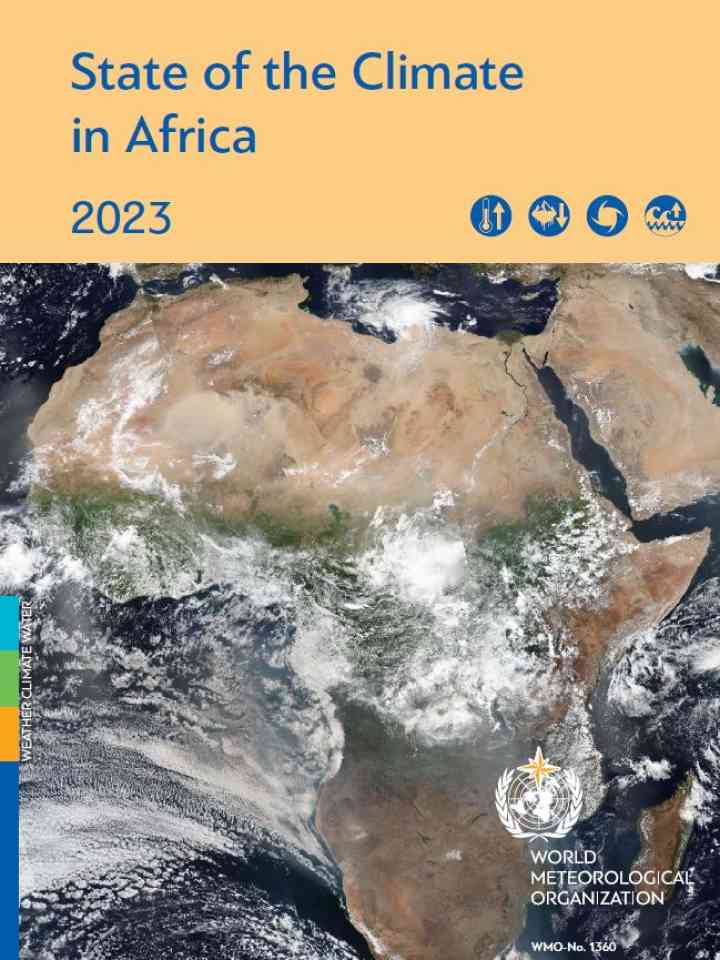State of the climate in Africa 2023
This report provides informed climate analysis, describes notable hydro-meteorological events, impacts and risks, and identifies key climate policies and strategic elements to build a more sustainable and climate-resilience future for Africa. This report focuses on climate change indicators and impacts in 2023 – globally the hottest year on record. Africa bears an increasingly heavy burden from climate change and disproportionately high costs for essential climate adaptation. On average, African countries are losing 2-5% of GDP and many are diverting up to 9% of their budgets responding to climate extremes. In sub-Saharan Africa, the cost of adaptation is estimated to range from US$ 30-50 billion annually over the next decade, or 2-3% of the region's Gross Domestic Product.
By 2030, it is estimated that up to 118 million extremely poor people (living on less than US$ 1.90 per day) will be exposed to drought, floods and extreme heat in Africa, if adequate response measures are not put in place. This will place additional burdens on poverty alleviation efforts and significantly hamper growth. According to the report, African countries need to prioritise increased investment in National Meteorological and Hydrological Services, and accelerate implementation of the Early Warnings For All initiative to save lives and livelihoods. This will help mitigate risks, build adaptive capacity, boost resilience at local, national, and regional levels and guide sustainable development strategies, says the report.
Explore further
